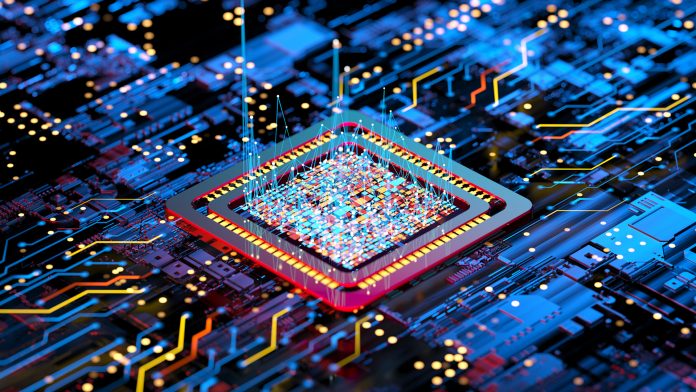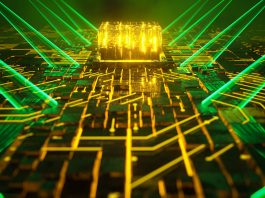Research conducted at the Paul Scherrer Institute, using the Swiss Light Source, has helped reach a vital turning point in innovating computer technology.
Since the first transistor was invented in 1947, silicon has been a vital staple in computer technology. Researchers have always imagined that this silicon era would end, but this has so far been wrong. Computer technology comprised of silicon continues to develop at a rapid pace, with IT giant IBM recently announcing the first microprocessor with a transistor of only two nanometres.
At the same time, new ideas are taking shape that could revolutionise computer technology. Researchers at the Paul Scherrer Institute, led by Milan Radovic, are working in this field, and have presented their cutting-edge research into transparent oxides.
The research, ‘Low-dimensional electronic state at the surface of a transparent conductive oxide,’ is published in Communications Physics, and has the potential to open up huge prospects for computer technology.
Using new materials to innovate computer technology
The research team is set to advance microchip technology by working with transition metal oxides (TMOs) instead of traditional silicon. TMOs have advantages such as high-temperature superconductivity, colossal magnetoresistance, metal-insulator transition, which promise great advances for the chip technology of the future.
Specifically, the researchers focused on barium tin oxide (BaSnO3), a material that combines optical transparency with high electrical conductivity. For some time, scientists have been trying to elicit semiconductor-like properties from transition metals and transparent oxides like BaSnO3. This is because they offer groundbreaking advantages for optoelectronic elements compared to silicon. For example, these transparent, conductive perovskite oxides can create switching elements with directly linked electrical and optical properties. It could then be possible to produce transistors that can be switched with light.
Knowledge of interfaces is necessary
Microchips are made from a combination of different substances, having physical properties that differ on the surface compared with their interior. To understand their function, therefore, scientists must have knowledge about what happens in the thin adjacent layers – the interfaces.
Unique phases can occur at the interfaces of materials, with the team detailing many advances in the understanding of the surface-state electronic properties of BaSnO3.
The researchers used angle-resolved photoemission spectroscopy at the beamline of the Swiss Light Source to “discover the two-dimensional electronic state of BaSnO3, which opens up new prospects for this class of materials,” stated Eduardo Guedes, co-author of the study.
Now, the team aims to discover which other materials exhibit similar properties, to help innovate computer technology for the future, and to create potential candidates for the optical microchips of the future.
But silicon is far from being an outdated technology, Radovic stressed. It is in fact highly developed and efficient. “However, computer technology based on transition metal oxides is much more powerful and versatile – its time will come.”









